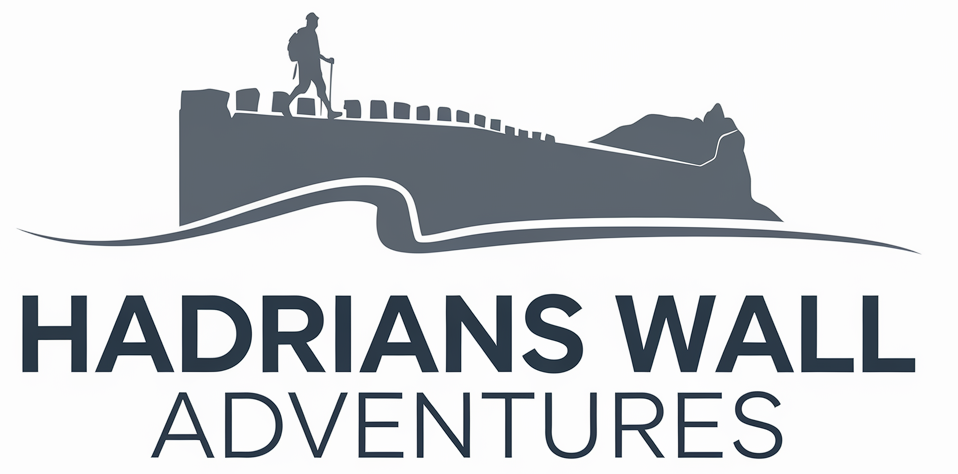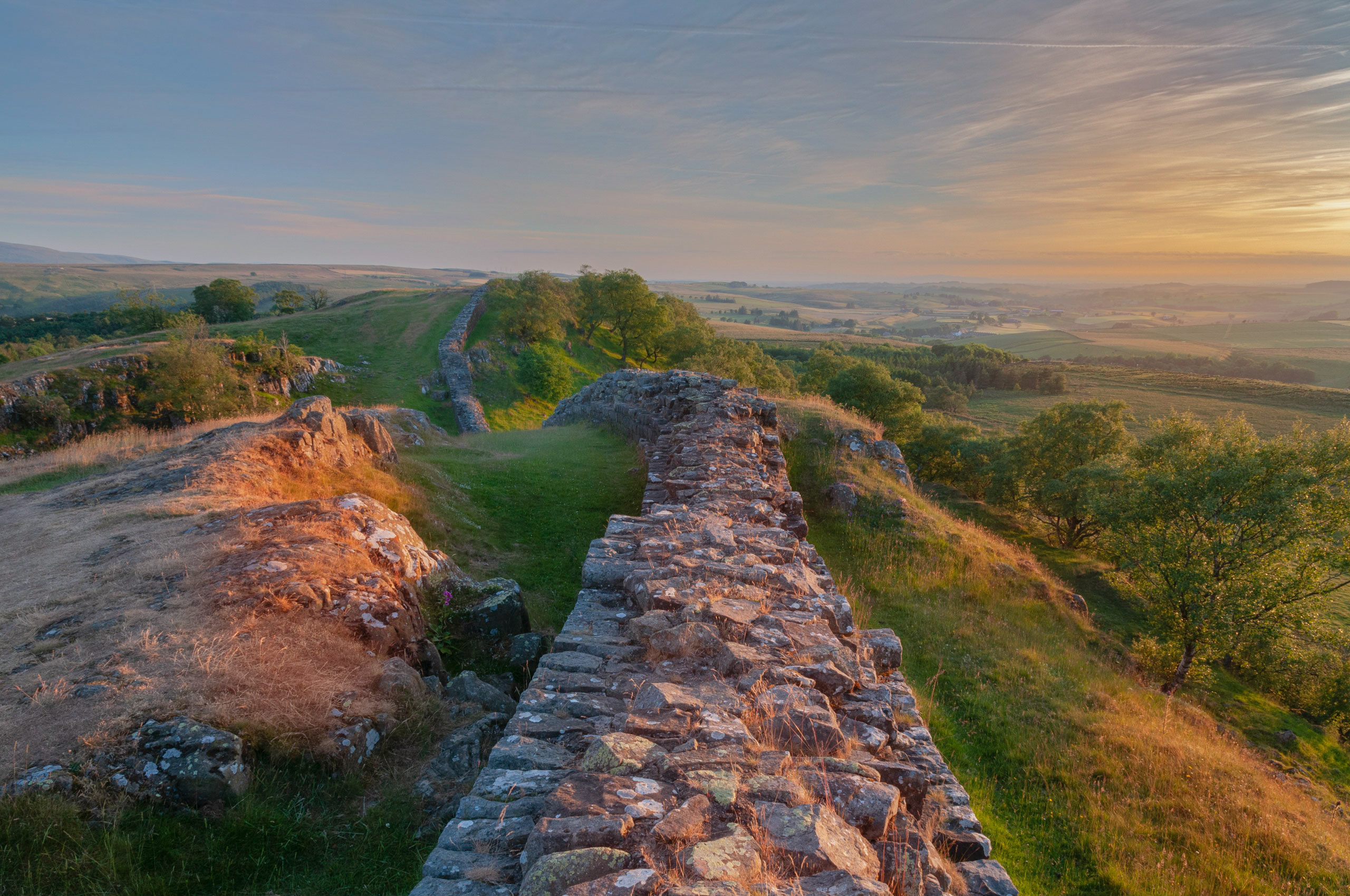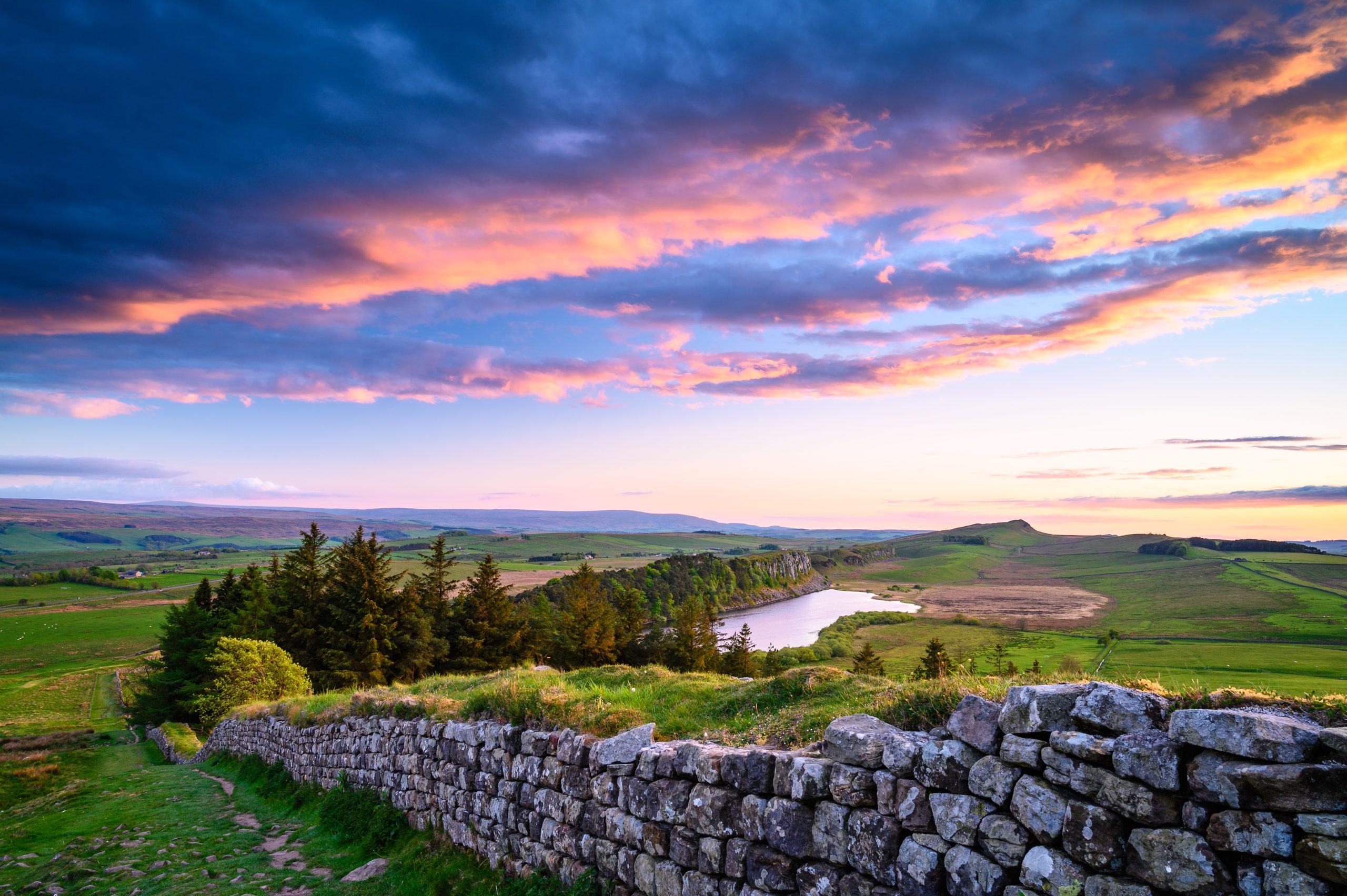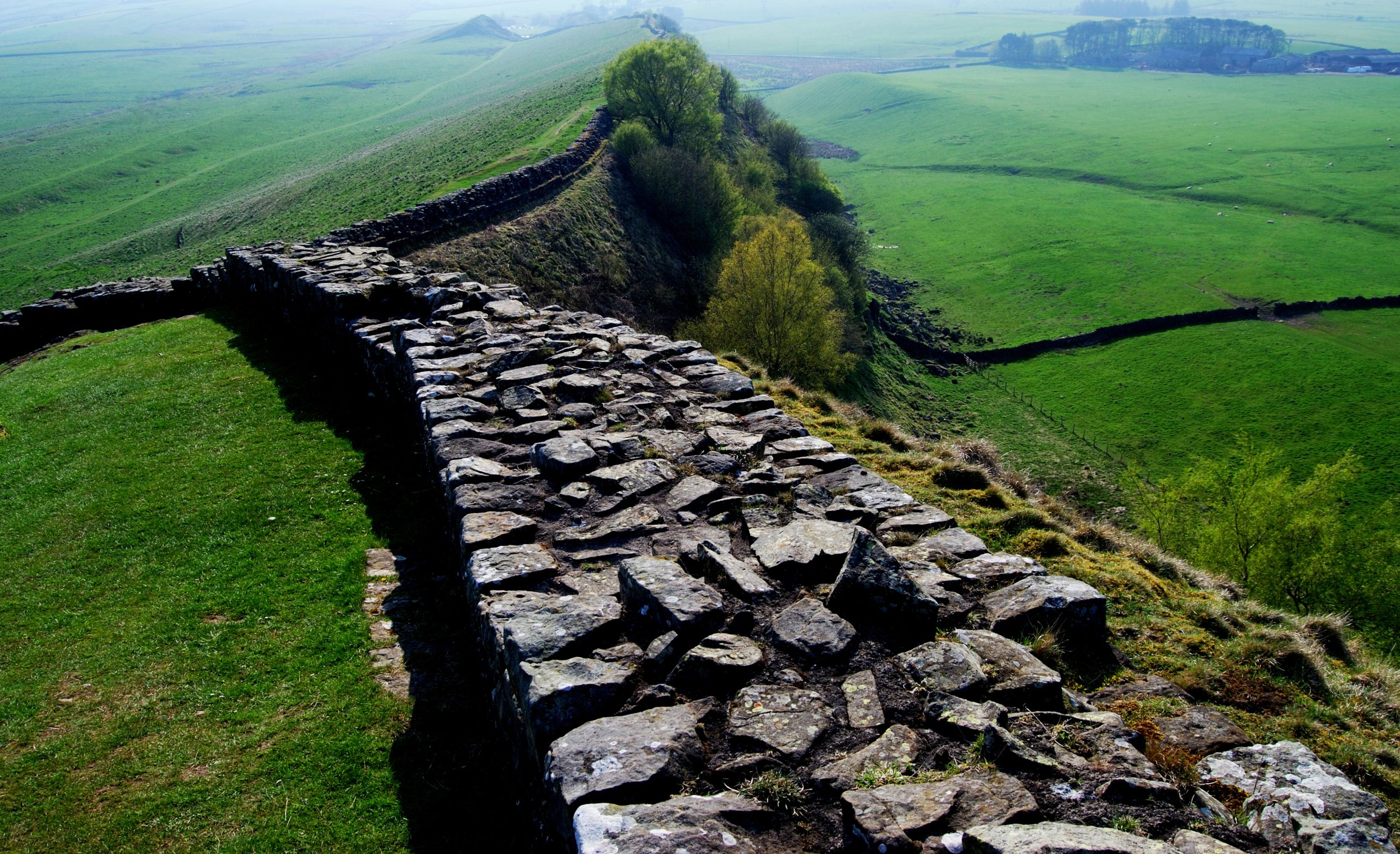Corbridge differs fundamentally from the military forts along Hadrian’s Wall. Whilst those installations focused on defense and soldier accommodation, Corbridge developed as a substantial supply base and civilian settlement. The remains reveal a sophisticated Roman town with stone buildings, workshops, commercial premises, and evidence of considerable wealth.
The History
Corbridge began as a military installation in the AD 80s, predating Hadrian’s Wall by four decades. Initially, timber forts housed soldiers along the Stanegate, the earlier frontier road. When Hadrian ordered wall construction, Corbridge evolved from military fort into supply depot and civilian town.
The settlement’s position at the intersection of major Roman roads—the Stanegate running east-west and Dere Street heading north into Scotland—made it a natural supply hub. Military campaigns into Scotland required vast quantities of food, equipment, and weapons. Corbridge became the logistics center where these supplies gathered before moving north.
By the 2nd century AD, Corbridge was a thriving town with substantial stone buildings, temples, workshops, and commercial premises. Archaeological evidence shows grain stores, weapons workshops, pottery production, and various craftspeople serving military and civilian needs.
The Corbridge Hoard, discovered in 1964, demonstrated the site’s wealth and military importance. The hoard contained Roman military equipment including armor pieces, tools, and various metal objects, apparently buried for safekeeping during troubled times. Someone intended to return for these valuables but never did.
Corbridge continued as a significant settlement into the 4th century. Evidence suggests occupation persisted after Roman withdrawal, though the grand stone buildings gradually fell into ruin. Medieval villagers robbed stone from Roman structures to build their own homes and churches, a common fate for Roman remains throughout Britain.
Why Visit Corbridge
Corbridge provides insights into Roman civilian life and military logistics that complement the purely military story told at the wall forts. The remains reveal how Roman settlements functioned beyond defensive purposes.
The main compound contains remarkably preserved structures:
- Two massive granaries with intact walls standing over 2 metres high
- These structures stored grain for military campaigns and local use
- Stone pillars supported raised floors, allowing air circulation to keep grain dry
- The scale of these buildings demonstrates Corbridge’s importance as a supply center
The headquarters buildings show multiple construction phases spanning centuries:
- Foundation walls reveal changing layouts as the site’s function evolved
- Stone strongrooms held military pay and valuables
- The underground strong room remains accessible, creating an atmospheric space
- Administrative rooms surrounded central courtyards
The town’s street layout is clearly visible:
- Stanegate Street, the main east-west road, runs through the site
- Stone-paved surfaces survive in places
- Building foundations line the streets showing shops and workshops
- Water channels and drains demonstrate sophisticated urban planning
The temples and fountains illustrate religious and civic life:
- Foundation walls show where temples stood dedicated to various deities
- Fountain bases reveal where public water supplies served the population
- Inscribed stones mention specific gods and individuals who commissioned structures
The site museum houses exceptional finds:
- The Corbridge Lion, a remarkable sculpture showing a lion mauling its prey
- The Corbridge Hoard’s military equipment and tools
- Pottery, including imported fine wares showing trade connections
- Coins spanning centuries of occupation
- Inscribed stones naming military units, individuals, and deities
- Everyday objects revealing ordinary people’s lives
One particularly famous inscription mentions the Legio VI Victrix, the Sixth Legion, which was based at York. Soldiers and craftsmen from this legion clearly worked at Corbridge, reinforcing the site’s military supply function.
Time Required
Allow two hours minimum for Corbridge. The site is extensive, and understanding the various structures takes time. The museum deserves at least 45 minutes, and many visitors find themselves spending longer absorbed in the artifacts and their stories.
If you’re particularly interested in Roman urban planning or civilian life, three hours provides time for detailed exploration. The site has benches and peaceful spots for rest, making it suitable for a half-day visit combined with lunch in Corbridge village.
Location on the Trail
Corbridge lies approximately 2.5 miles south of the main Hadrian’s Wall Path. To visit from the trail, you need to detour south, typically leaving the path near the village of Corbridge or continuing to the town itself.
Most walkers visit Corbridge during a rest day rather than as part of a walking stage. The detour adds 5 miles (there and back) plus several hours of site exploration to your day, which can be exhausting combined with substantial wall-walking.
Corbridge town is a traditional Northumberland market town with excellent facilities. Many walking itineraries include an overnight stop here, typically at the end of the first or second walking day when coming from Newcastle, or during the latter stages when walking west to east. Staying overnight in Corbridge allows evening arrival, a rest day for site exploration, then departure the following morning.
The walk from Corbridge town to the Roman site is pleasant, following paths through the village and across fields. The route is well-signed and takes 15-20 minutes on foot.
Practical Tips for Walkers
Corbridge is managed by English Heritage and charges admission unless you have membership. The site opens daily from April through September with reduced hours in winter. Check opening times before planning your visit.
Facilities include toilets and a gift shop but no café. However, Corbridge town has numerous cafés, pubs, and restaurants within 15-20 minutes’ walk. Many visitors explore the Roman site then walk into town for lunch, creating a full rest-day itinerary.
The terrain at Corbridge is level and accessible. The site occupies the valley floor beside the River Tyne, so there are no challenging slopes or steep sections. Paths are well-maintained with gravel and grass surfaces. This accessibility makes Corbridge suitable for anyone finding the steep sections of the central wall challenging.
The site can be muddy after rain, particularly around the granaries and less-visited areas. Waterproof walking boots are advisable. The museum provides shelter in poor weather, and the substantial walls of the granaries offer some protection from wind.
If you’re staying in Corbridge town, you can leave your main luggage at accommodation and walk to the site carrying just day essentials. This is far more comfortable than lugging a full backpack around the remains.
Photography at Corbridge works well throughout the day. Morning light particularly flatters the granary walls and creates interesting shadows on the stonework. The museum allows photography of most displays for personal use, though check regarding any special exhibitions.
The interpretation boards throughout the site are excellent, explaining each structure’s purpose and historical context. Audio guides are available and recommended—Corbridge’s story is complex, spanning several centuries and multiple functions, so expert explanation enriches understanding considerably.
Many walkers use Corbridge as a rest day during multi-day walks. The combination of Roman site exploration, pleasant town facilities, and a break from carrying a full pack provides physical and mental refreshment. The town has shops for any resupply needs, banks, pharmacies, and other practical services useful to long-distance walkers.
Corbridge village itself is worth exploring. The medieval bridge across the Tyne, the market square, and various historic buildings create an attractive setting. Several pubs serve evening meals, and the town has a welcoming atmosphere that makes it a pleasant overnight stop for walkers.
The site occasionally hosts special events including Roman military demonstrations and family activity days. If your walking schedule coincides with one of these events, they add extra interest to your visit. Check the English Heritage website when planning your trip.





